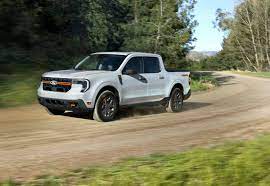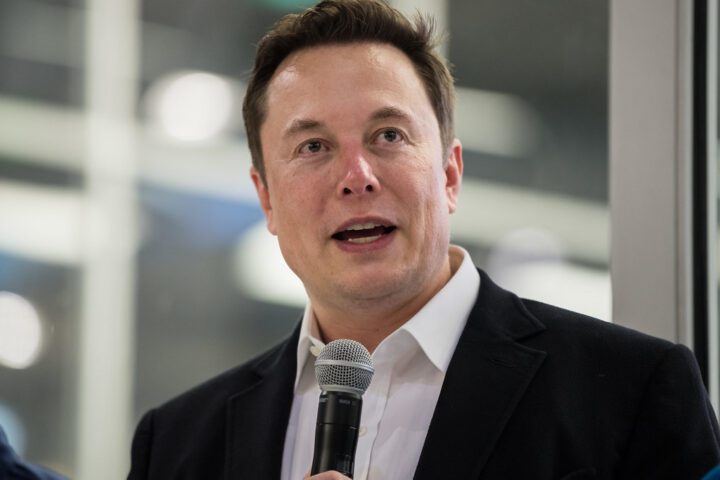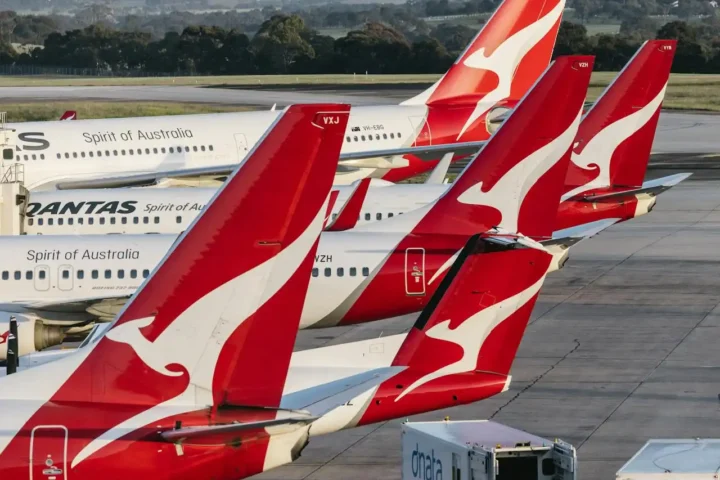Ford Motor Company has enacted price increases on three popular models manufactured in Mexico – the Mustang Mach-E, Maverick, and Bronco Sport. The price adjustments, ranging from $600 to $2,000, take effect for vehicles built after May 2, 2025, arriving at dealerships several weeks later. The changes come as a response to a new tariff of up to 25% on imported vehicles, which took effect on April 3.
Price Changes and Financial Impact
The exact increases vary by model:
- Bronco Sport Heritage: $600 increase
- Maverick XLT AWD: $700 increase
- Other trims: Up to a $2,000 increase
Ford faces a $2.5 billion cost increase for 2025 due to tariffs. The company plans to offset $1 billion through internal adjustments, leaving a $1.5 billion impact on their bottom line. Ford spokesperson Said Deep stated, “We have not passed on the full cost of tariffs to our customers. Our approach throughout this evolving situation continues to be doing what’s right for our customers – and our business.”
Consumer Behavior Shifts
Ford CEO Jim Farley noted changes in car-buying patterns. Buyers now lean toward 84-month financing to manage monthly payments. This extends beyond Ford – current auto loan data shows:
- U.S. auto loan debt: $1.51 trillion (2023), up $108 billion
- Average auto loan balance: $23,792 (end of 2023)
- Cash purchases: Less than 20% of new car transactions
- Financed purchases: Over 80% of new car sales
- Median new car cost: $48,000
- Median U.S. salary: $66,622
Similar Posts
Industry-Wide Effects
The tariff impact reaches beyond Ford:
- General Motors: Suspended financial guidance and paused $4 billion share buyback
- Other affected manufacturers: Stellantis, Mercedes-Benz, BMW, Volkswagen
Auto industry analysts project U.S. car sales could drop by over one million vehicles annually if tariffs continue. The used vehicle market has seen wholesale price increases as dealers prepare for supply-demand shifts.
Market Context
Ford maintains its employee pricing program through July 4, 2025. CFO Sherry House projects industry-wide price increases of “about 1% to 1.5% in the second half” due to tariffs.
Production Numbers
The three affected models – Mustang Mach-E, Maverick, and Bronco Sport – represent 17% of Ford’s first quarter U.S. sales. These vehicles continue production at Mexican facilities despite the tariff impact.
Consumer Financial Landscape
The auto financing landscape reflects broader economic realities:
- 40% of Americans (134 million people) hold automotive debt
- Available loan terms: 24, 36, 48, 60, 78, and 84 months
- Current vehicle prices remain below 2022’s peak of $49,507
This price adjustment arrives during a period of complex market dynamics, where manufacturers balance cost recovery with consumer affordability concerns. The extended financing terms indicate a shift in how Americans approach vehicle ownership, adapting to higher purchase prices through longer payment periods.



















